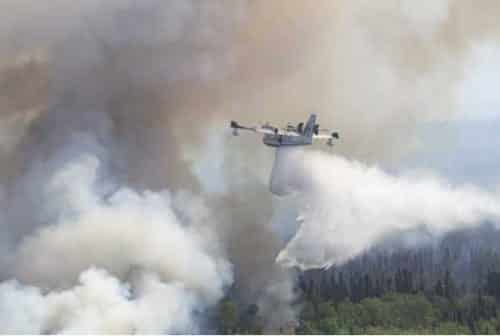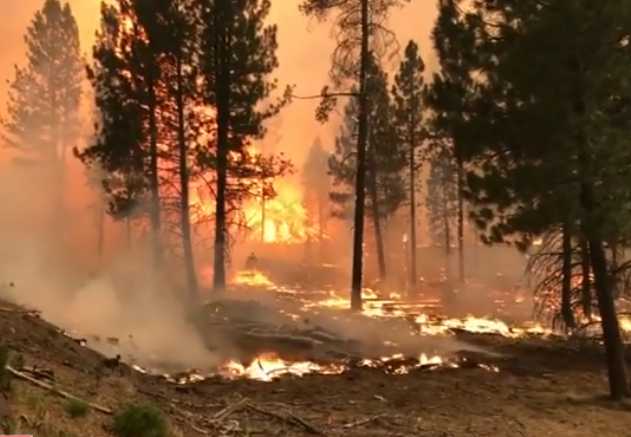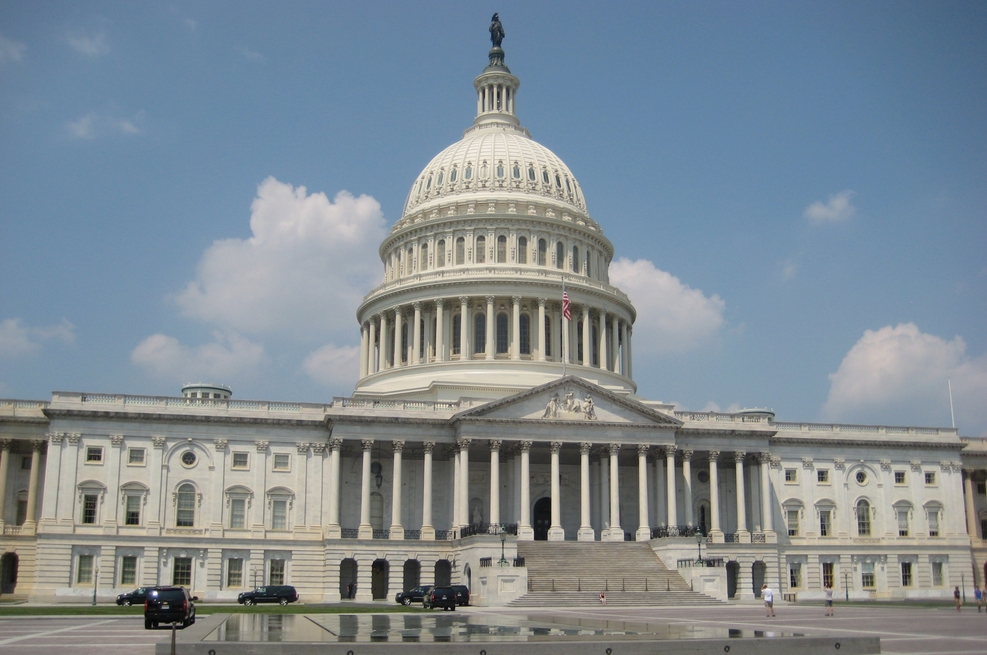
The U.S. Forest Service and the Department of the Interior said today in a congressionally mandated report that the two departments will need over $470 million more than the $1.4 billion they have available to them for fighting wildfires this season.
This newest forecast of annual suppression expenditures is the first of three to be released this year and is mandated by the Flame Act of 2009. This newest report is the highest in several years, and the projected costs factory in drought conditions in California and other areas of the West.
If this newest forecast holds true, the departments will have to remove funding from other critical programs that are designed to increase the long-term resistance of national forests and public lands to wildfires and die for those funds to pay for firefighting efforts just as they have for seven of the last 12 years. This “Fire Borrowing” has reduced the funds for forest management activities such as mechanical thinning and controlled burns that are designed to reduce both the incidence and severity of wildfires. This borrowing has also forced the Forest Service to reduce Foresters and other staff by 30% while doubling the number of firefighters.
Over 7,000,000 acres succumbed to wildfires annually. This number has doubled over the last three decades has fire seasons have increased by an average of 60 to 80 days.

“The forecast released today demonstrates the difficult budget position the Forest Service and Interior face in our efforts to fight catastrophic wildfire,” said Under Secretary for Natural Resources and Environment Robert Bonnie. “While our agencies will spend the necessary resources to protect people, homes and our forests, the high levels of wildfire this report predicts would force us to borrow funds from forest restoration, recreation and other areas. The President’s budget proposal, and similar bipartisan legislation before Congress, would solve this problem and allow the Forest Service to do more to restore our forests to make them more resistant to fire.”
“With climate change contributing to longer and more intense wildfire seasons, the dangers and costs of fighting those fires increase substantially,” said DOI Assistant Secretary of Policy, Management and Budget Rhea Suh. “The President’s budget proposal would provide a commonsense framework that gives the flexibility to accommodate peak fire seasons – but not at the cost of other Interior or Forest Service missions, or by adding to the deficit.”
In order to alleviate this problem of overspending for wildfire control, the Obama Administration has proposed in its 2015 budget that a special disaster relief Adjustment be put in place for when cost of fighting fires exceed Forest Service and Department of the Interior budgets.








